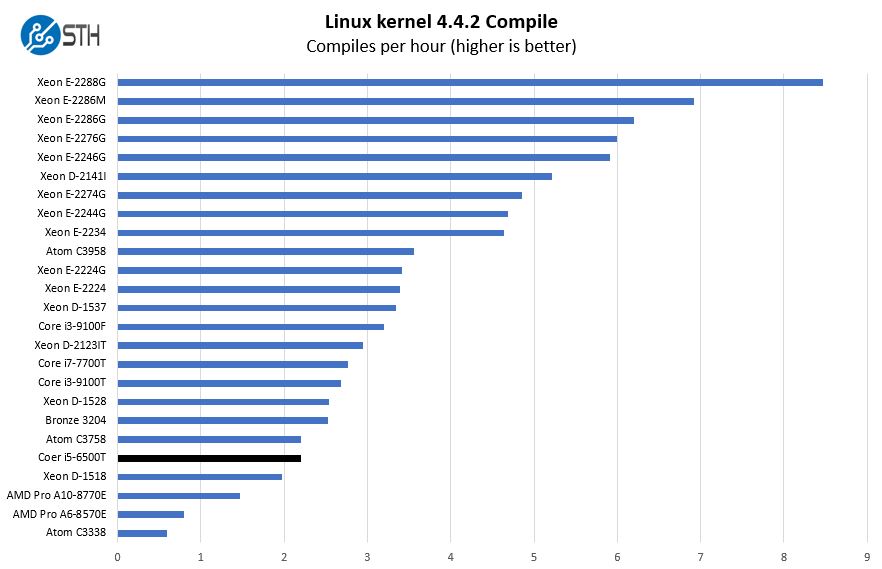

Testing the benchmark Utilities Test environment It is the slowest way, and it is basically not used. After each 128k read, the 128k must be written to the disk, and then the following 128k is read. dd will perform a synchronous write operation every time when it is executed. Same as above, the two commands separated by semicolons are independent of each other ,the dd command has already displayed the "writing speed" value on the screen, and the real writing speed cannot be obtained. # dd bs=128k count=10k if=/dev/zero of=test oflag=dsync This is more in line with the real-world transfer.Ĥ. # dd bs=128k count=10k if=/dev/zero of=test conv=fdatasyncĪt the end of the dd command execution, it will actually perform a "sync" operation, and what you get is the time required to read the 128M data to the memory and write it to the disk. Same as above, the two commands separated by semicolons are independent of each other,the dd command has already displayed the "writing speed" value on screen, and the real-world write speed cannot be obtained.ģ. # dd bs=128k count=10k if=/dev/zero of=test sync Simply reading the data into the memory buffer (write cache ) shows only the read speed, and the system does not actually start writing data to the disk until dd has completed.Ģ. The default mode of dd does not include the "sync" command, and the system does not actually write the file to the disk before the dd command is completed. #dd bs=128k count=10k if=/dev/zero of=test Start copying after skipping blocks from the beginning of the input file.ġ. Set the block size of the read/output to bytes.Ĭonvert bytes at a time specify the size of the conversion buffer.

Output bytes specify a block size in as bytes. Read in bytes at a time (specify a block size as bytes)

The output file name the destination file is specified as. Common Command Line OptionsĮnter the file name, specify the source file, such as. Its main purpose is to convert and copy files. “dd” is a command line utility for UNIX and Linux operating systems. T Evaluate the read efficiency of hard disk ~]# hdparm -t /dev/sda (Evaluate the read efficiency of the hard ~]# hdparm -T /dev/sda (Test the read speed of the hard disk ~]# hdparm -tT -direct /dev/sda (Directly test the read performance of the hard disk) t Evaluate the read efficiency of the hard disk.ī. Using hdparm's -T and -t parameters, you can measure the basic characteristics of a disk in a Linux environment:Ī. This is particularly noticeable when testing sequential access vs. In addition, once you have created a file system on the target disk, the test results will drastically change. It was only designed to test very low-level operations it was not designed to consider the distinction between cache and the physical platters of a disk. However, hdparm was designed as a performance testing tool. Hdarm it is used to obtain, set, and test disk parameters for Linux-based systems, including the read performance and cache performance of hard disk drives. Descriptions of common Benchmarking Tools for Linux Hdparm Introduction We found that FIO was the only utility capable of acurrately testing the performance of NVMe/SAS/SATA RAID storage. We used each utility with the SSD7103 to document how these tools are able to test NVMe performance.
BENCHMARK CPU LINUX DOWNLOAD
But at least unbound the versions so newer versions of test profiles for updates / download fixes can be fetched.The three most common benchmark utilities are FIO, HDparm and “dd”.
BENCHMARK CPU LINUX 1080P


 0 kommentar(er)
0 kommentar(er)
